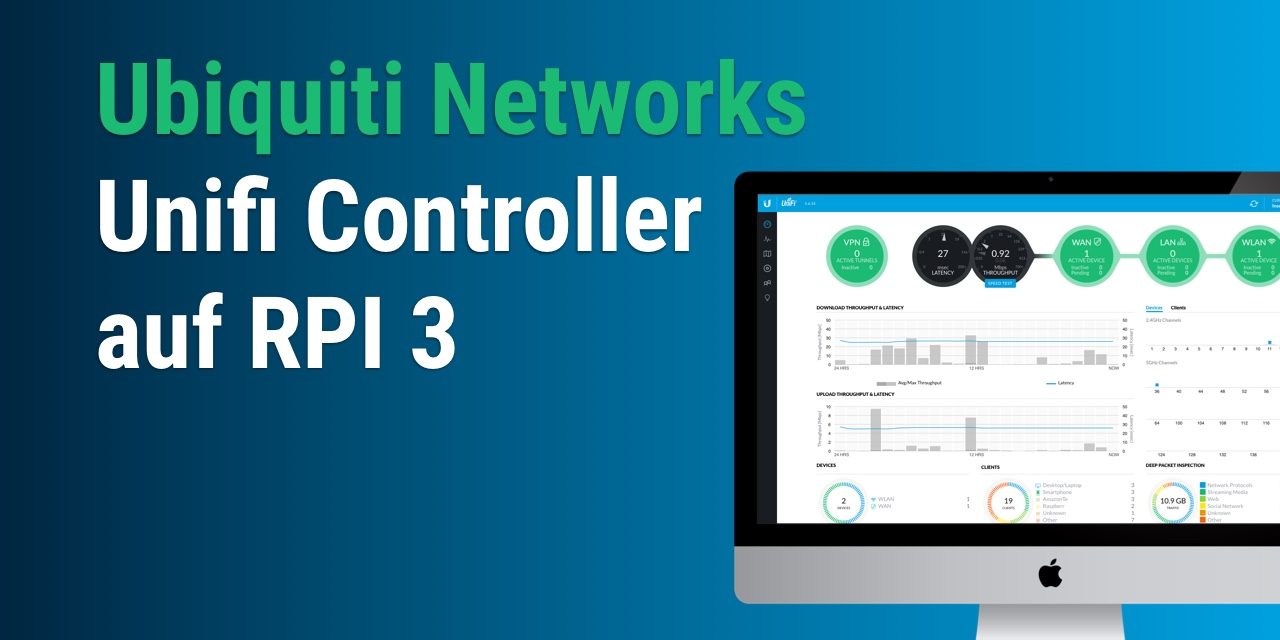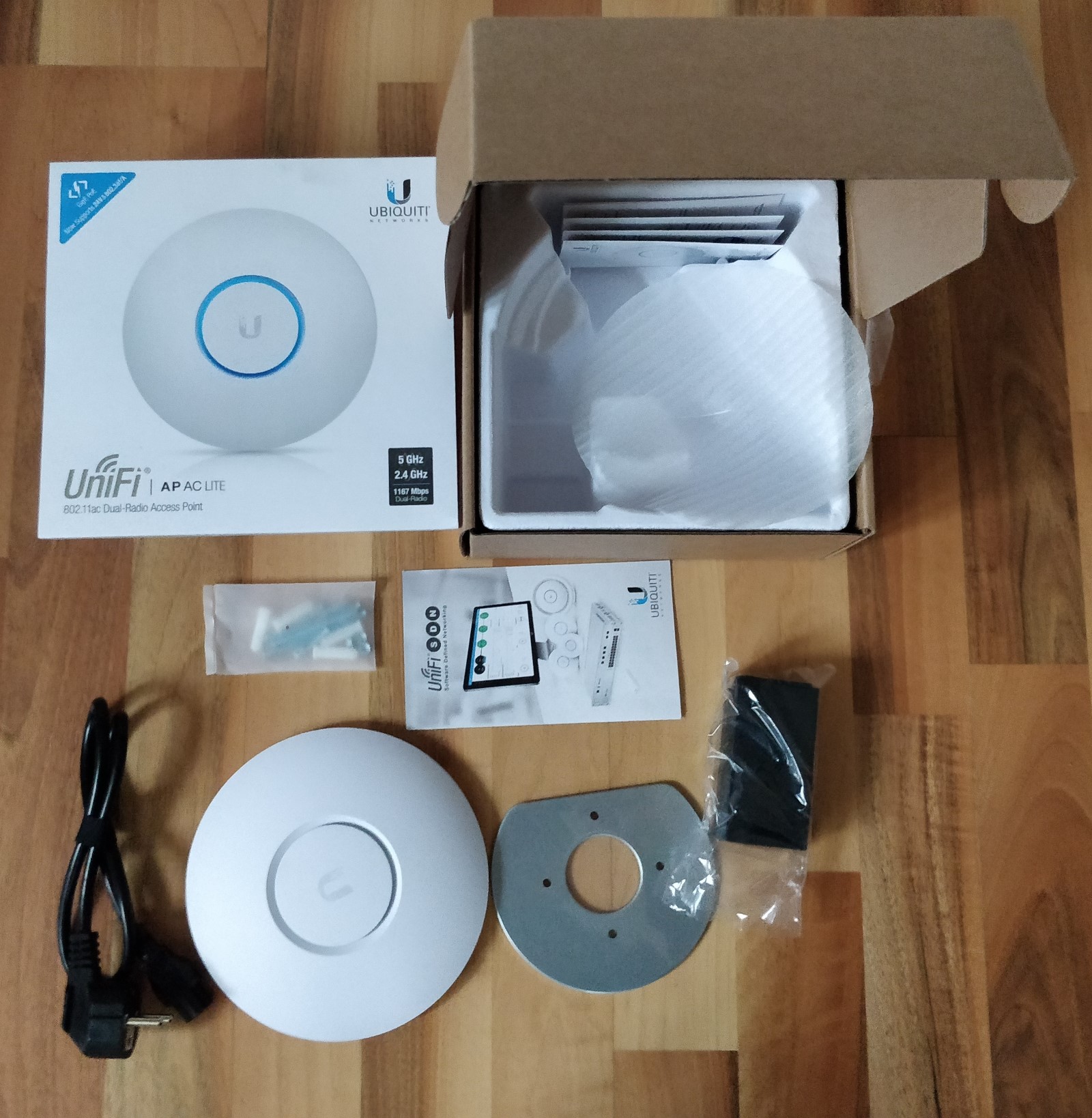
- #UNIFI CONTROLLER ON RASPBERRY PI HOW TO#
- #UNIFI CONTROLLER ON RASPBERRY PI FULL SIZE#
- #UNIFI CONTROLLER ON RASPBERRY PI PASSWORD#
- #UNIFI CONTROLLER ON RASPBERRY PI PLUS#
The following NEW packages will be installed: Lksctp-tools mongodb-clients mongodb-server openjdk-7-jre-headless tzdata-javaĭefault-jre equivs liblcms2-utils pulseaudio sun-java6-fonts fonts-dejavu-extra fonts-ipafont-gothic fonts-ipafont-mincho ttf-wqy-microhei ttf-wqy-zenhei fonts-indic Libcommons-daemon-java libflac8 libice6 liblcms2-2 libnspr4 libnss3 libogg0 libpcap0.8 libpcrecpp0 libpulse0 libsctp1 libsm6 libsnappy1 libsndfile1 libv8-3.14.5 libvorbis0a libvorbisenc2 libx11-xcb1 The following extra packages will be installed:Ĭa-certificates-java icedtea-7-jre-jamvm java-common jsvc libasyncns0 libboost-atomic1.55.0 libboost-filesystem1.55.0 libboost-program-options1.55.0 libboost-system1.55.0 libboost-thread1.55.0
#UNIFI CONTROLLER ON RASPBERRY PI FULL SIZE#
If you like, you can also log in through SSH, which is enabled out of the box.Īfter the image has been flashed, we still need to expand the filesystem to the full size of the SD card to be able to use all the space provided by the card.
#UNIFI CONTROLLER ON RASPBERRY PI PASSWORD#
After you've flashed Raspbian to the card, it's time to boot up your Pi and log in with username pi and password raspberry.
#UNIFI CONTROLLER ON RASPBERRY PI HOW TO#
If you don't know how to write the image to your SD card, I'd recommend you to take a look at the wiki page on this topic. I'll be using the Lite image, a minimal image wihout graphical user interface, as that's just what we need for a headless device. You can download an image on the Raspbian downloads page. Raspbian setupThe first step in the process will be getting your Pi up and running with Raspbian Jessie.


Now you are ready to start using your controller! You can reach it at Bonus Proto Recv-Q Send-Q Local Address Foreign Address State PID/Program name

Verify your service is exposed with netstat, like this: $ sudo netstat -tlnpĪctive Internet connections (only servers)
#UNIFI CONTROLLER ON RASPBERRY PI PLUS#
NOTE: I am importing a certificate, plus the intermediate and root certs to establish a chain, your chain may differ Sudo java -jar /usr/lib/unifi/lib/ace.jar import_cert unifi_


 0 kommentar(er)
0 kommentar(er)
